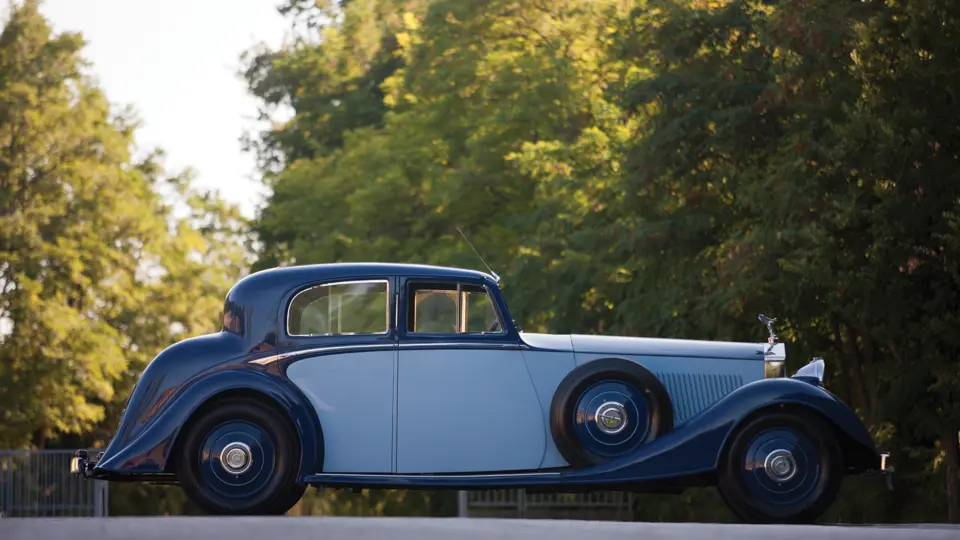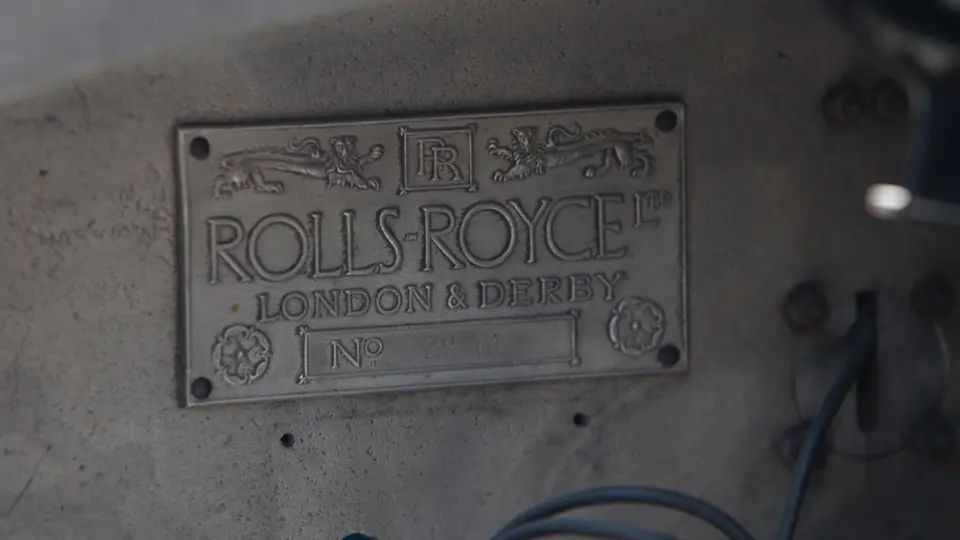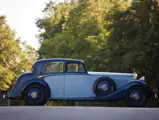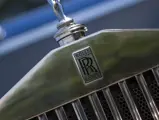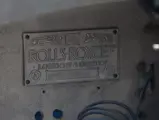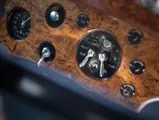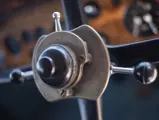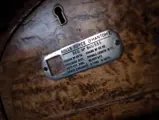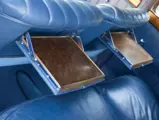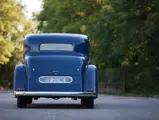
1934 Rolls-Royce Phantom II Continental Sports Saloon by Thrupp & Maberly
{{lr.item.text}}
£84,000 GBP | Sold
{{bidding.lot.reserveStatusFormatted}}
- One of only 280 Phantom II Continentals produced
- One of only three Phantom II Continentals with Thrupp & Maberly coachwork
- Documented ownership history from new
- Complete chassis- and body-order specifications and chassis test records on file
40/50 hp (43.3 hp RAC), 7,668 cc OHV inline six-cylinder engine with a single-jet carburettor, four-speed manual transmission, semi-elliptic leaf-spring suspension, centralised Bijur chassis lubrication, and four-wheel servo-assisted drum brakes. Wheelbase: 144 in.
The dramatically improved Phantom II was introduced in September 1929 as a replacement to the New Phantom. The lowered PII chassis, now available in either a 144- or a 150-inch wheelbase, provided the ideal platform for the coachbuilders who designed the elegant cars that have defined the Classic Era.
It was much faster than any previous Rolls-Royce, despite its three tons, and modifications were made to eliminate imperfections, improve performance, and enhance comfort and driveability. These included the new Autovac fuel-delivery system, time-saving “One Shot” chassis lubrication, and silky synchromesh gearing.
The Phantom II Continental differed from the standard Phantom II not only because it was more expensive but also because it was built on a shorter wheelbase with stiffer suspension. The power generated by the new 7.7-litre engine’s high-lift camshaft was delivered to the rear wheels through a higher rear axle gear ratio. Subsequently, this offered the owner-driver high speed, thrilling acceleration, and impeccable handling, whilst still retaining the charm and reliability of a Rolls-Royce.
In the early 1930s, all luxury marques were delivered as rolling chassis to one of many marque-approved coachbuilders for completion. Chassis 29TA, the fifth TA series Phantom II Continental, was bodied by Thrupp & Maberly in a delightful, lightweight four-door design, which is known as a “Gentleman’s Sports Saloon”. Thrupp & Maberly were favoured by royalty and heads of state, and they specialised in exquisite, well-built bodies with elaborate interiors for Rolls-Royce, Bentley, and Humber. The quality of their work was so superior that Sir Henry Seagrave’s Golden Arrow captured the world’s land speed record in 1929, at 231 mph, wearing a streamlined body supplied by this coachbuilder.
Chassis 29TA still wears its original Thrupp & Maberly sports saloon body and is trimmed in blue-grey hides with an exquisite burled walnut interior. Its two-toned blue exterior still features special-order components from new, dual side-mounted spare wheels, a retractable rear luggage rack, a full-size sliding sunshine roof, Ace deluxe wheel discs, a centre driving light, and dual “Wind tone” trumpet horns.
Records validate this Rolls-Royce’s participation in numerous concours events, meets, and tours since it was first delivered to its original owner, F. Parkinson, Esq. A documented history of the car validates its significant life, with many decades spent in the forgiving climate of California. Photographs of the car appeared in the esteemed Rolls-Royce Owners’ Club publication The Flying Lady, as well as on page 241 of the definitive publication The Rolls-Royce Phantom II Continental by Raymond Gentile.
This Phantom II Continental is prepared and ready to provide its new owner with many more years of enjoyment. Considering its 80 years of age, if this stunning example is properly maintained, it may continue to be not only shown and admired on the judging field but also driven at sustained high speeds in comfort and reliability.

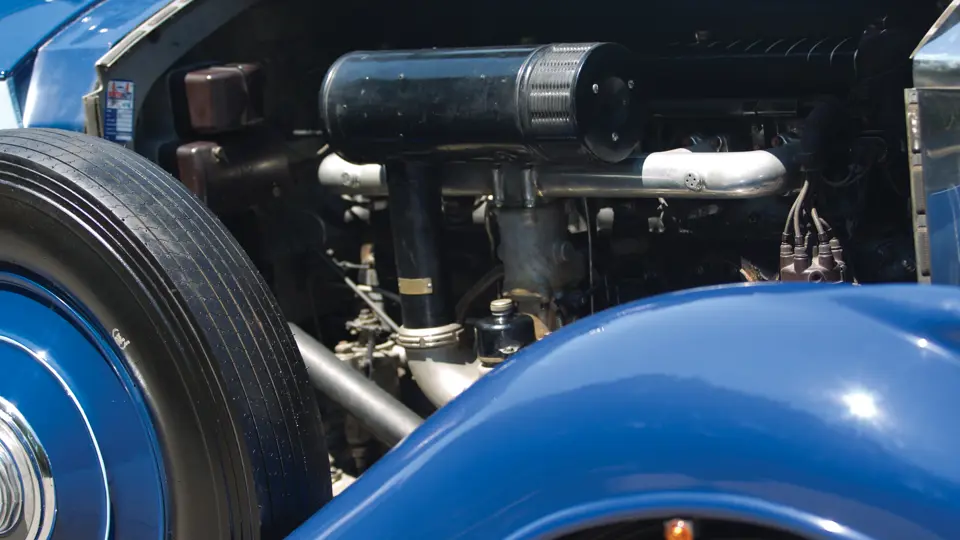




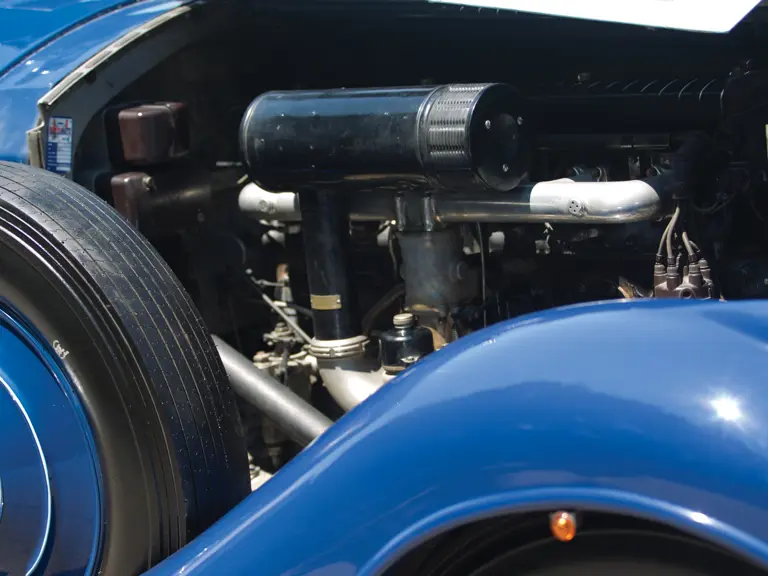
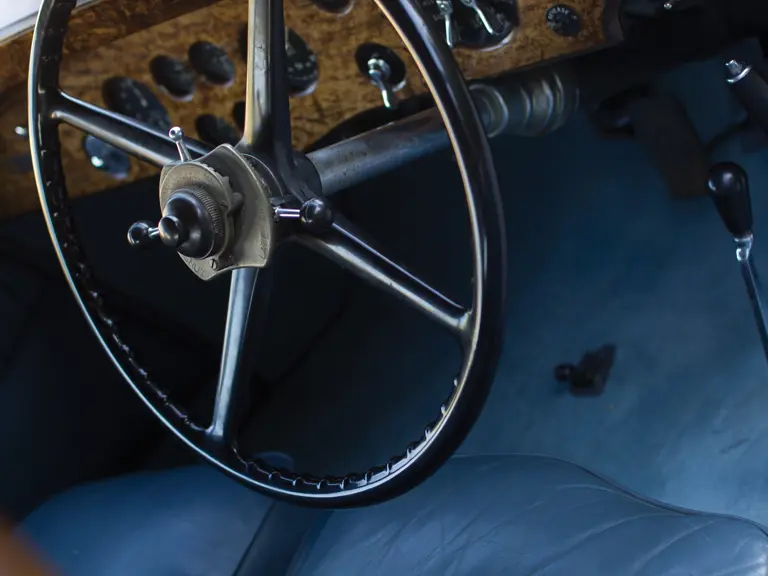

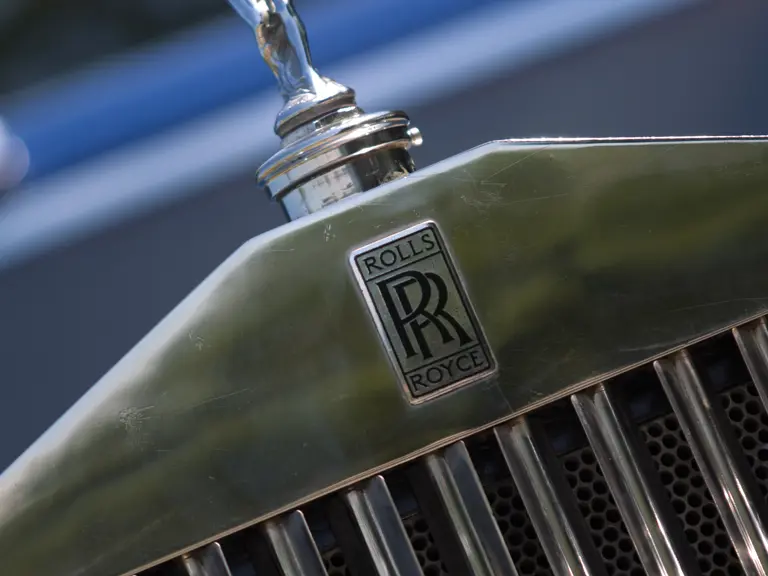
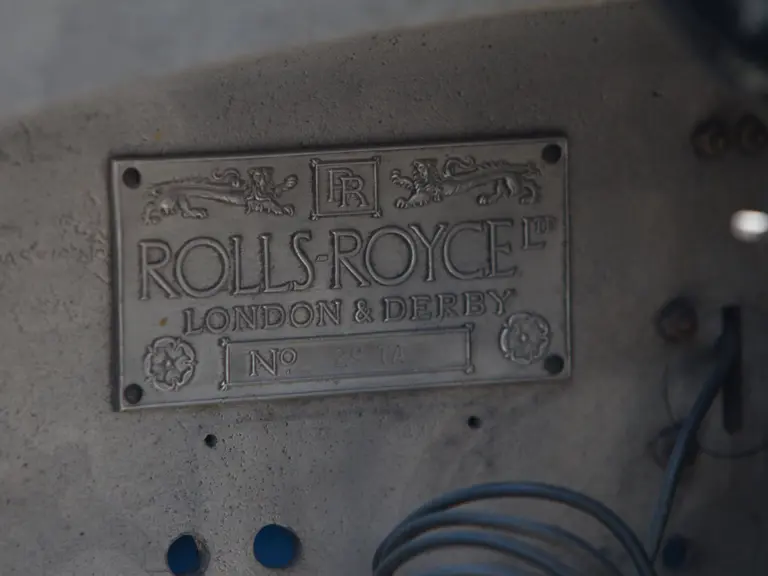

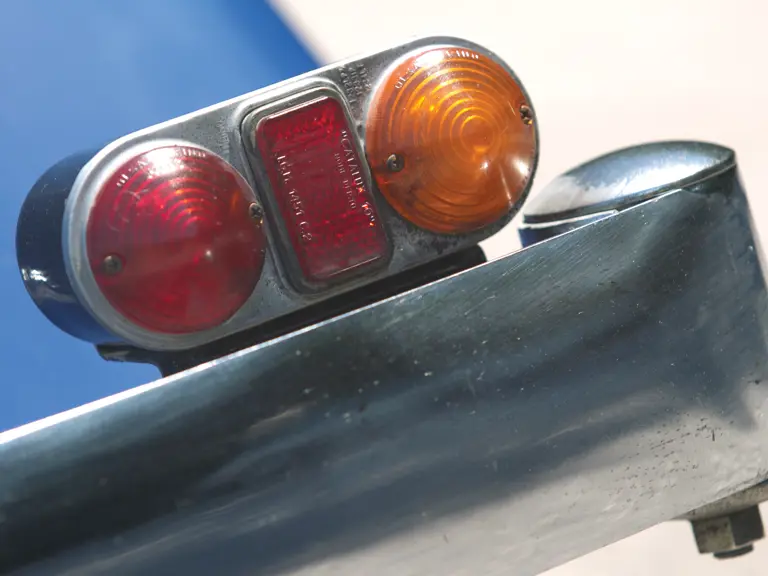
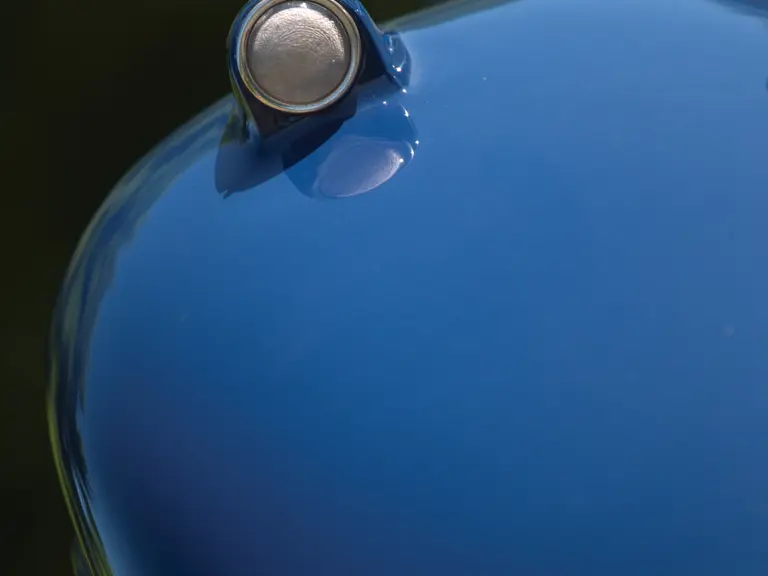
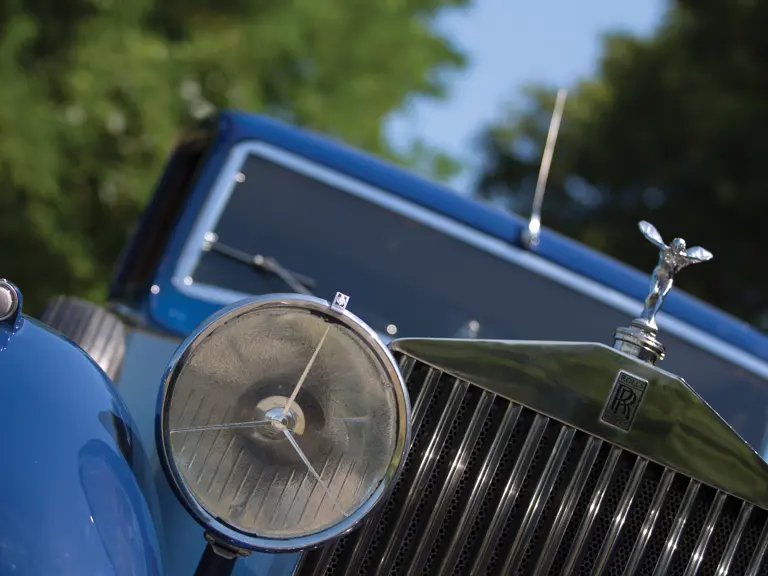

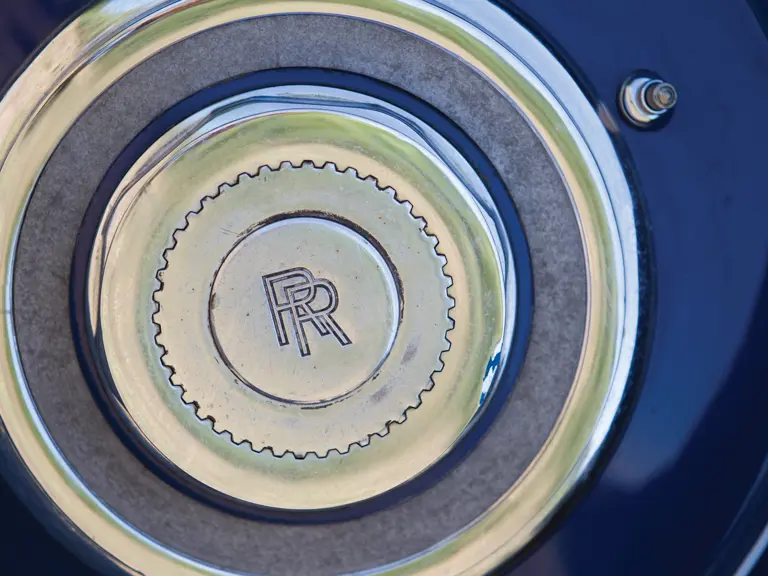
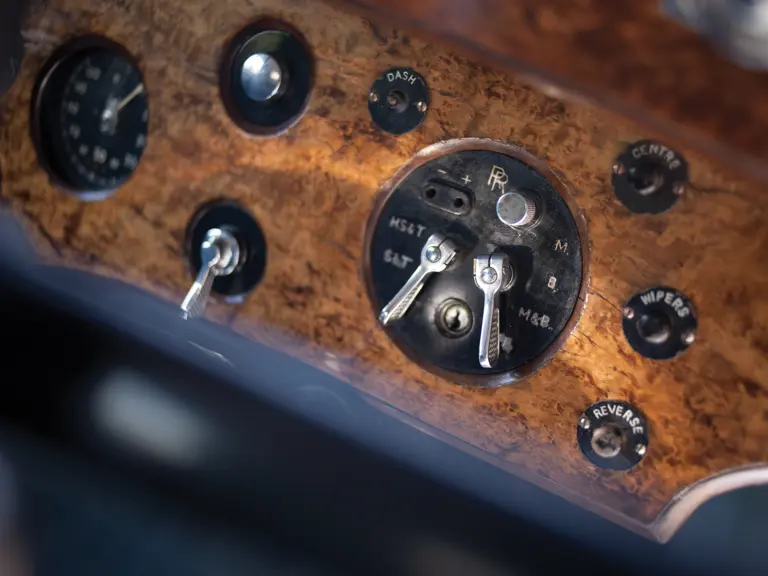
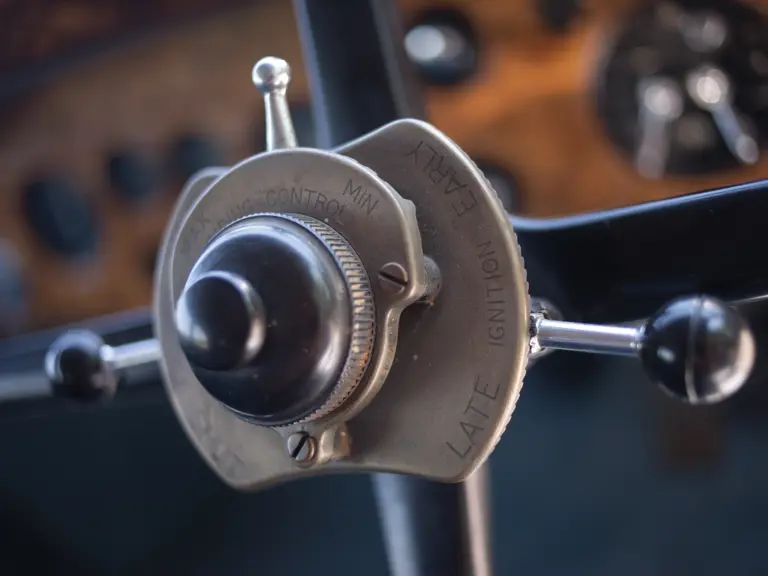
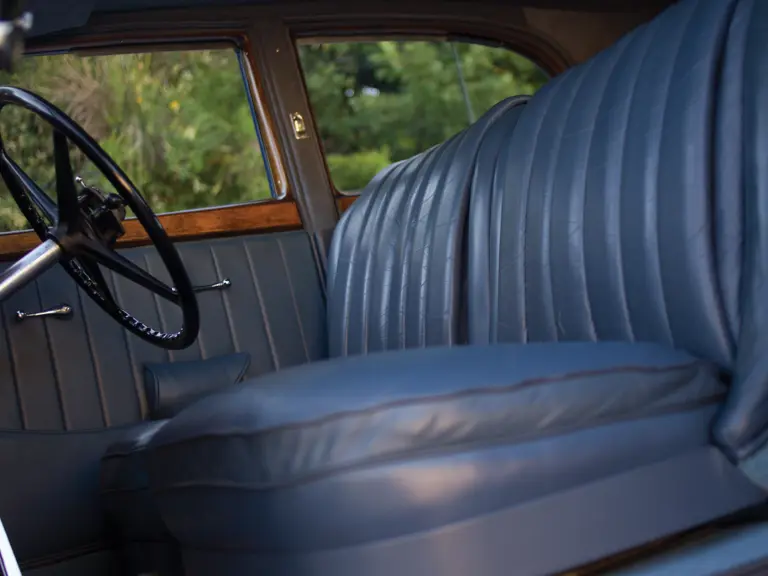

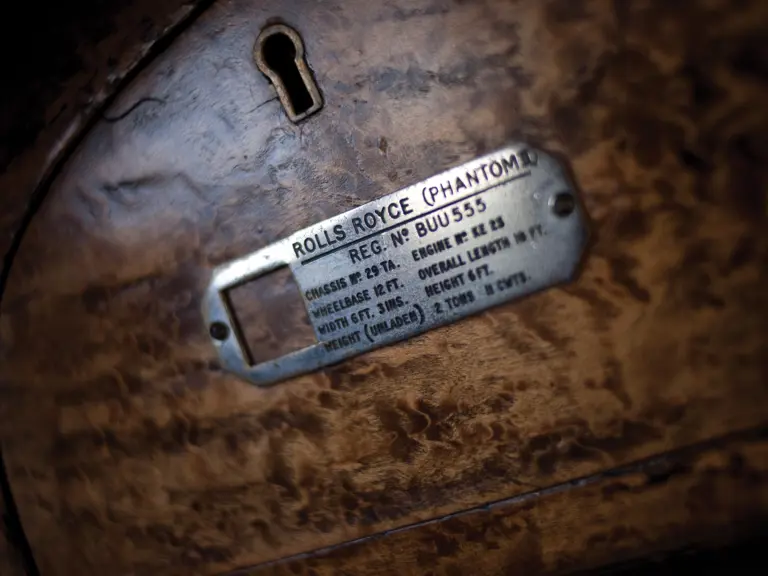
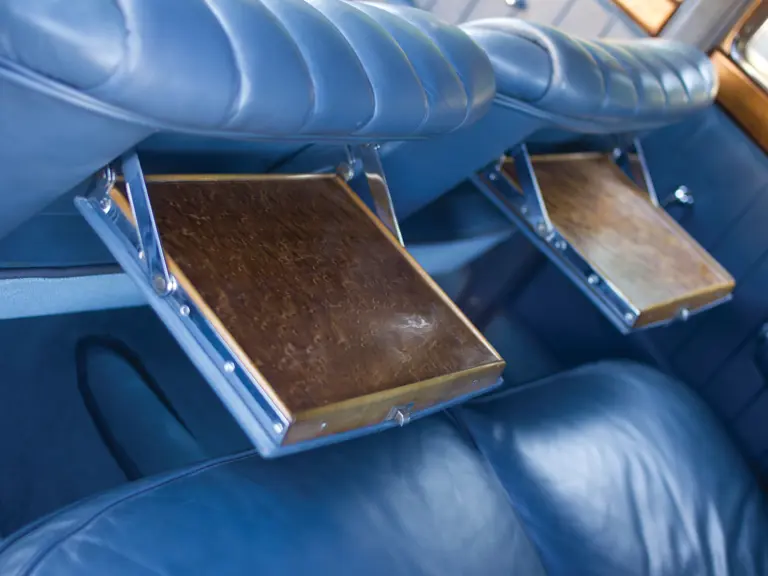


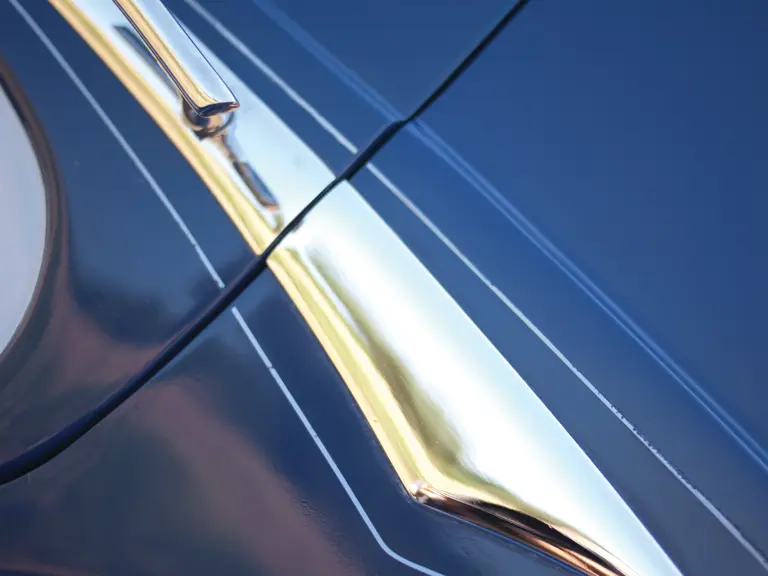
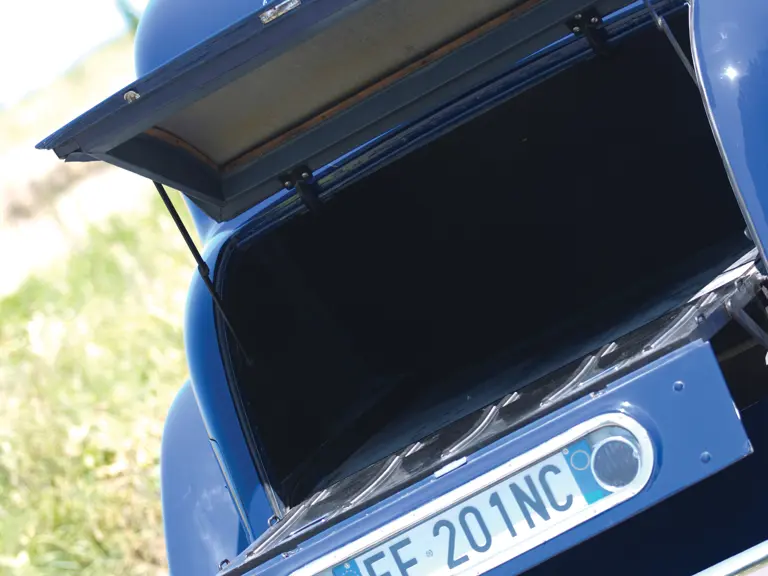
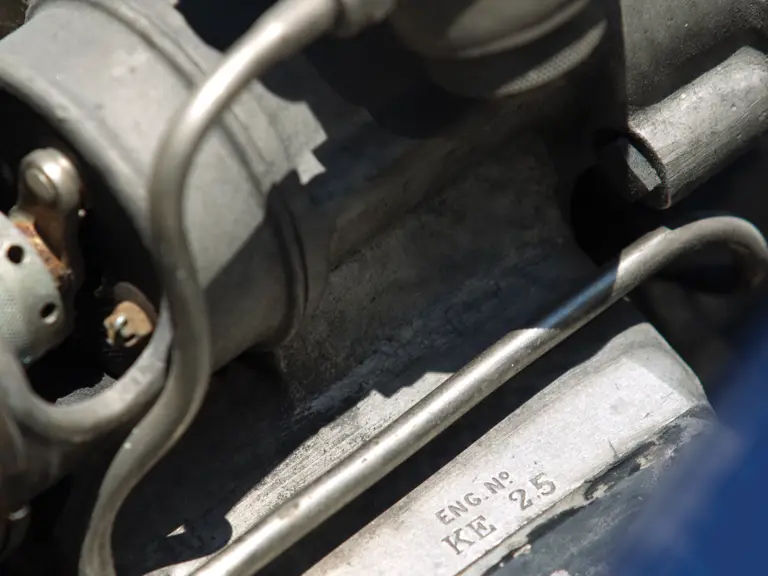
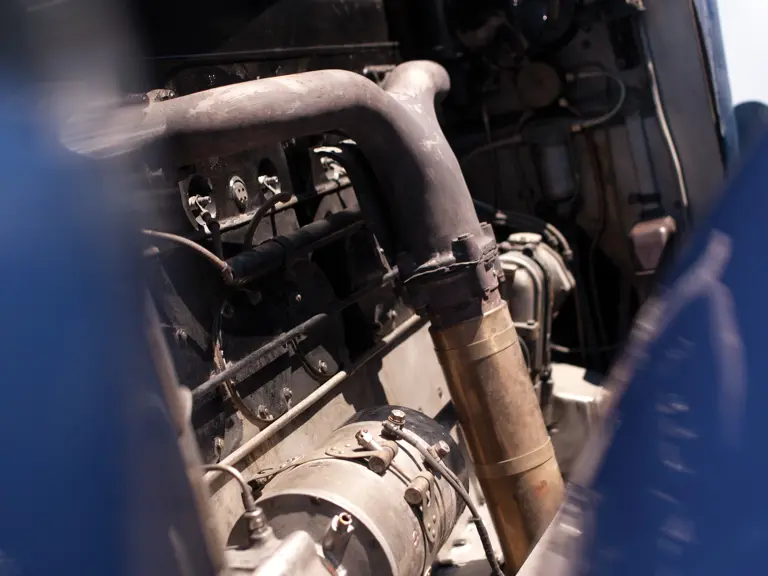
 | London, United Kingdom
| London, United Kingdom
